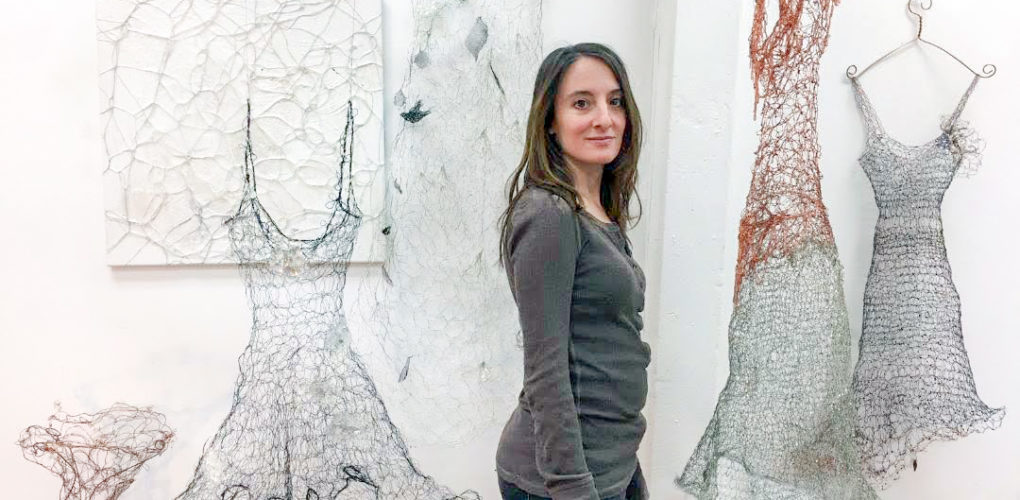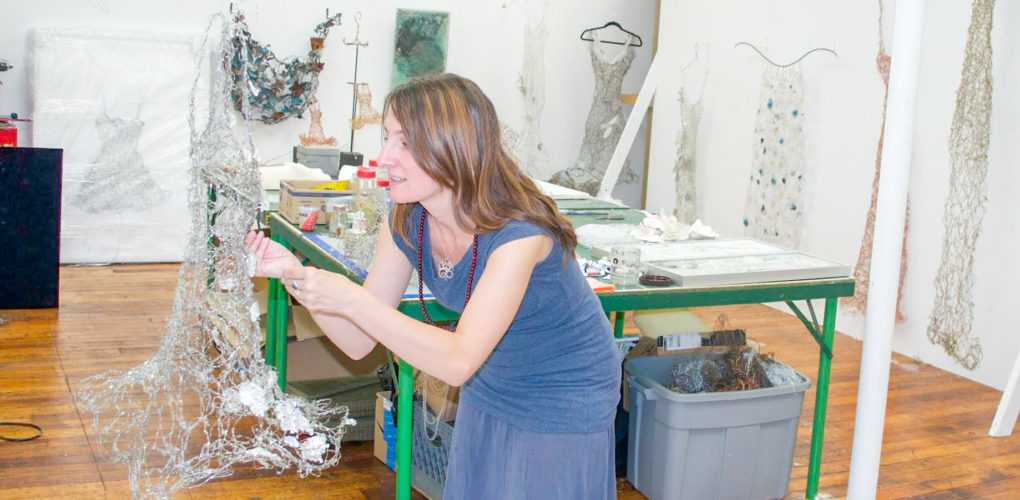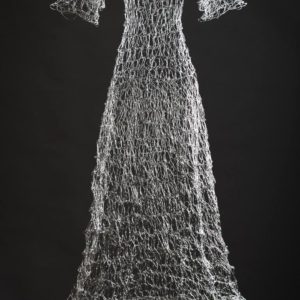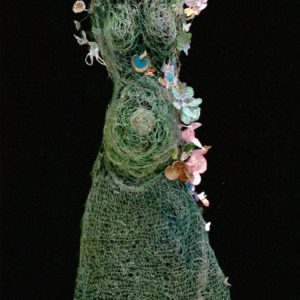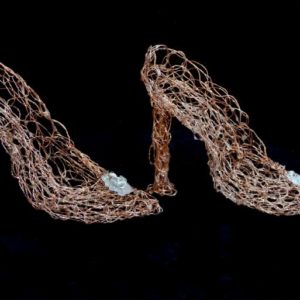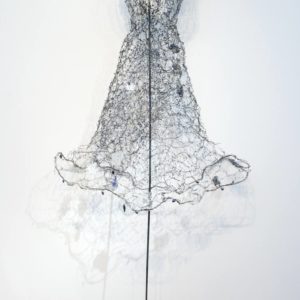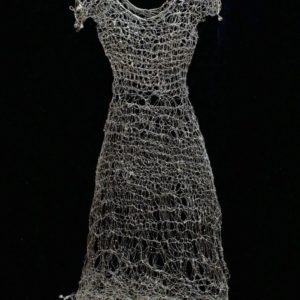Inside the Studio
 Susan Freda’s Aim is to Access the Spiritual
Susan Freda’s Aim is to Access the Spiritual
What are the major themes you pursue in your work?
My work centers on the themes of light and shadow, sparkle, reflective surfaces, mirrors, and transparency. I’m always thinking about light in my work. I am attempting to access the spiritual or the emotive, the knowing that language has a hard time accessing and the places that spirituality, mediation, touch, love, anger, poetry and abstract work occupies. The themes are often about nature, the feminine, the underrepresented, the quiet, and ubiquitous forces that drive our world. I hope to balance the collective energy by representing the subtle and the emotive forces.
How did you first get interested in your medium, and what draws you to it specifically?
I’ve always been interested in material. As a kid I was enthralled by the gems, chains, and metals that my grandparents jewelry business afforded us. My medium is chosen by material that generates a kind of excitement in my bones. It can be glass, wire, gold, silver, porcelain, wax, and paint … if the material makes me feel a sort of electricity then I find a way to incorporate it into my work. Material is a sense of connection to the natural and the human made world. These materials connect us to one another as a shared resource. I am seeking connection in a solitary kind of way; communicating a shared love of beauty and nature without using words.
How has your style and practice changed over the years?
In some ways it hasn’t changed at all. I always loved material and piled it up around me, touching and observing the similarities and differences between things. In other ways it’s completely different. I now have structure and schedule to my days in terms of how many hours I have and what I am focused on making that day. I am strict with my work time. I invest in my work in a way I didn’t when I was starting out. I see projects through even when I am not sure where it is going. I trust the work and the process more these days.
Can you walk us through your process? Do you begin with a sketch, or do you just jump in? How long do you spend on one work? How do you know when it is finished?
I generally don’t sketch. I move objects around and hold them up against each other. I let objects and materials gestate together on my table and I study the relationship between them. The studio is like a laboratory where objects infuse each other with life and where experiments are done. I usually have 3-4 pieces going simultaneously that I am working on and ideas jump from one piece to another. Its as if they are all working together to create a body of work that exists in that window of time. Pieces usually take about a month from start to finish. Work is done when I can’t find any area to improve upon. I try not to overwork the pieces; there is a critical point where the piece is at the crest of the hill and where more work on it will start to send it back down to the mundane. You have to sense this moment and honor it.
Who are some of your favorite artists, and why?
Judy Pfaff, Sigmar Polke, Ruth Asawa & Eva Hesse. I love the way Judy Pfaff, and Sigmar Polk interact with material. Pfaff creates ecosystems with material that just come alive. I admire their exploratory and unrestrained use of materials. Hesse & Asawa pushed boundaries by using “feminine” materials such as fabric and traditional craft materials in their art.
Who are your favorite writers?
Patti Smith, Rainer Maria Rilke, Werner Herzog, and Carson McCullers. These writers all bring me to a place where things are wild and uncharted. They explore abstract ideas and have an uncanny knack for using words to access experiences that are universal and yet they do so with incredibly specific details and observations. This use of language is something I aspire to and that I respect greatly.
